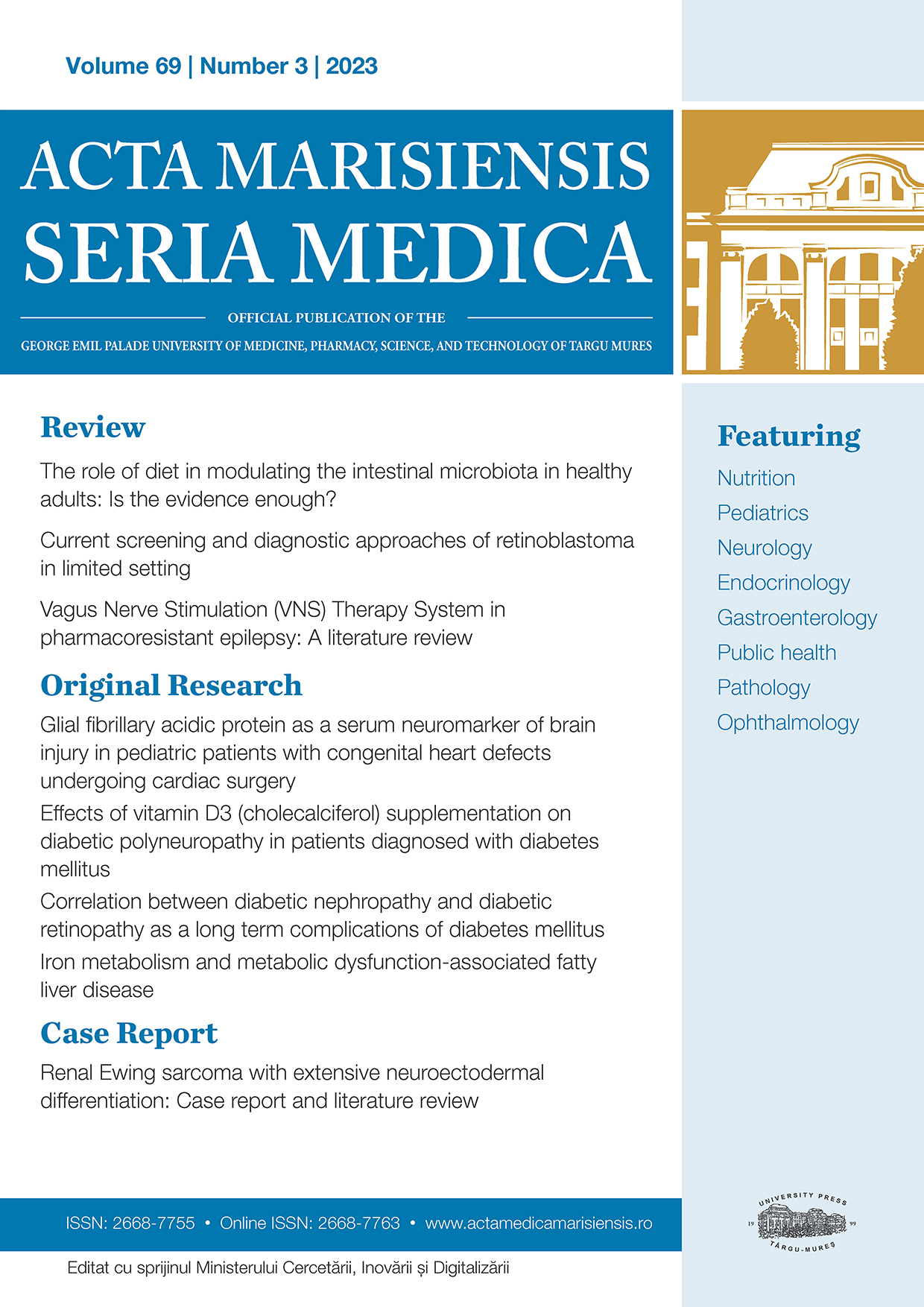In the past 30 years a major progress was recorded in the management of the liver diseases. At the beginning of the years 1990 we considered most of the liver cirrhosis as alcoholic, as the viral markers were not available. Later on, when the etiology of liver cirrhosis was better established, the reality showed that viral B and C cirrhosis was prevalent in our country.
After 1990 a rigorous screening was implemented for donated blood, which led to a dramatically decrease in the transmission of the B and C hepatic viruses. Another preventive measure introduced by the health societies was to increase the efforts to educate the general public about hepatitis C and B, so that the number of people infected by tattooing or razors has significantly decreased since a more coherent preventive policy was implemented in this respect. After 1990 the antiviral treatment (interferon and molecules) became available.
The paper “Predictors of hepatocellular carcinoma (HCC) in patients with liver cirrhosis” is addressing a very important topic, the etiology of liver carcinoma. This cancer is now the fifth most common type of cancer (in men) and the second leading cause of cancer-related death worldwide (1). [More]







